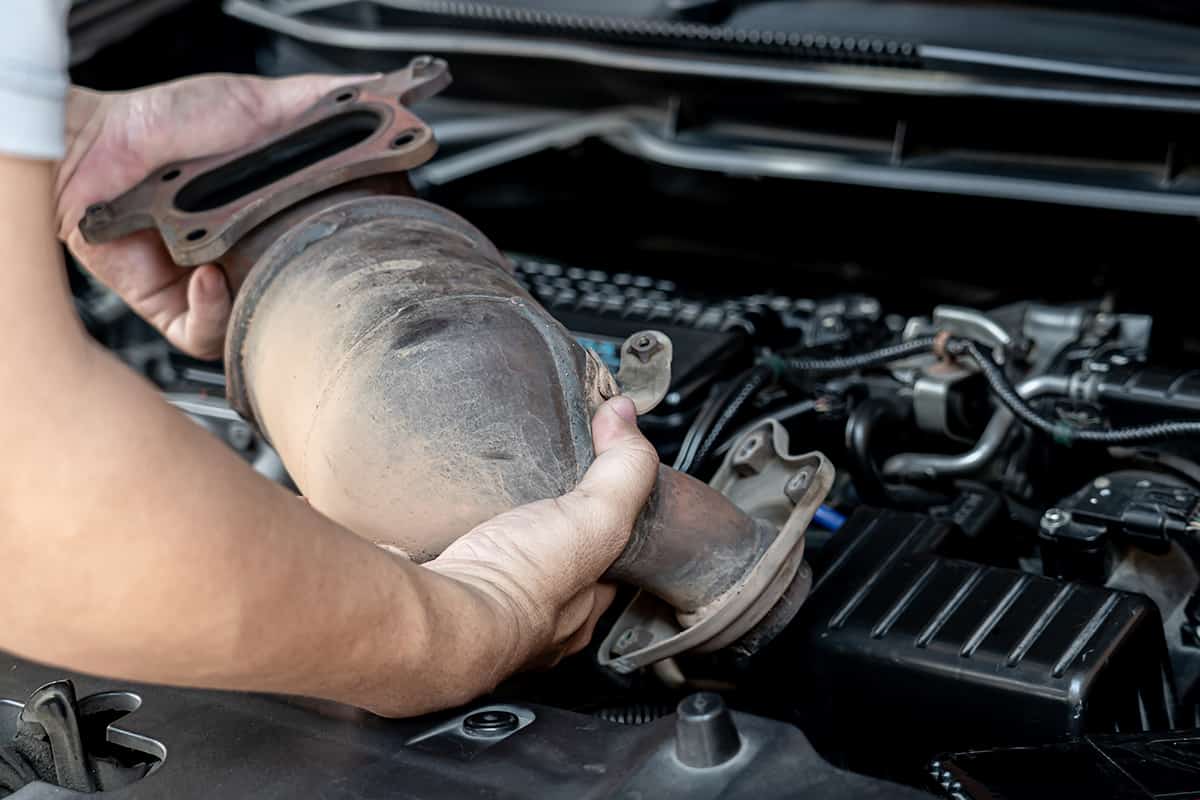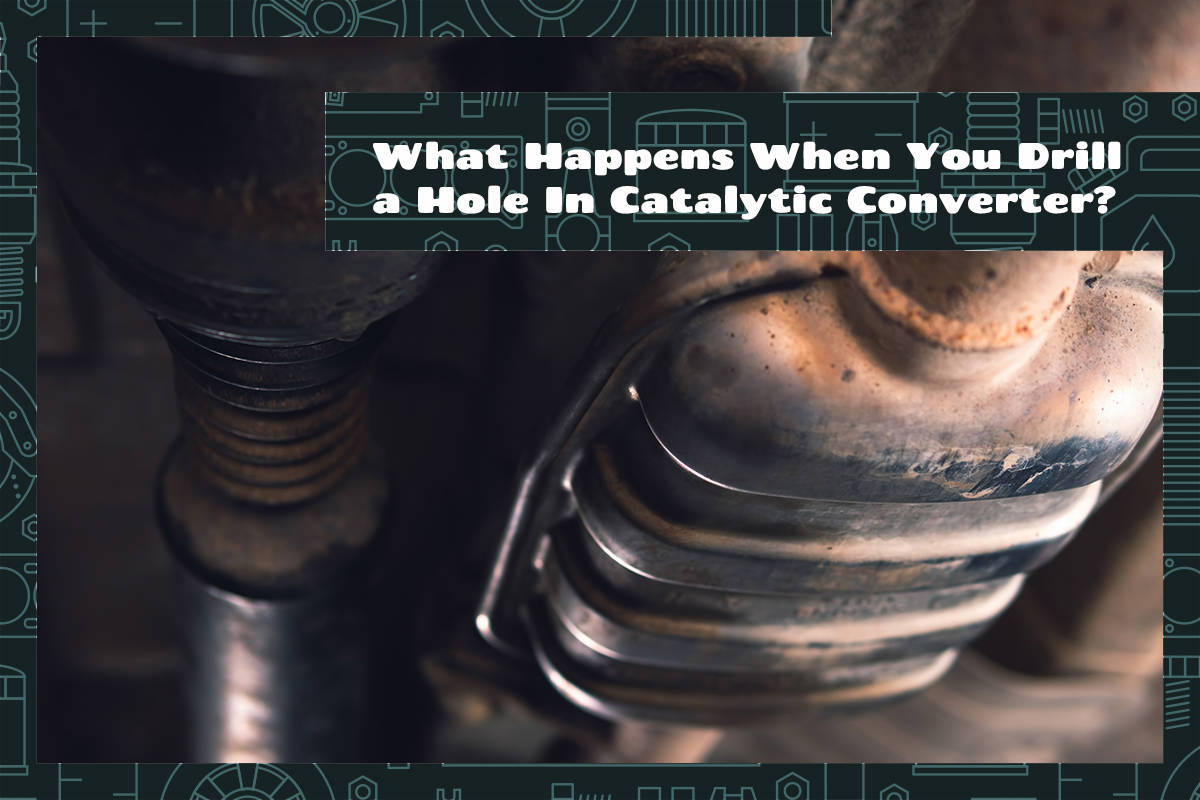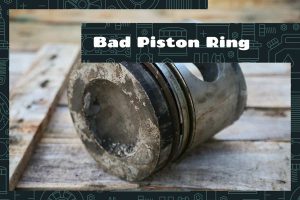Catalytic converters are a fundamental component of modern vehicles, designed to reduce harmful emissions produced by the combustion process. They transform pollutants into less harmful byproducts. Something we’ve heard about is people drilling holes into catalytic converters to get rid of clogs. So, is this something you should do?
No, you should not drill holes into a catalytic converter. Drilling compromises its function, leads to increased emissions, and can decrease vehicle performance.
This article delves into the reasons people consider drilling, the immediate and long-term consequences of such an action, and what you should do instead.
Why Some People Choose to Drill a Hole

The catalytic converter, sitting snugly within your car’s exhaust system, plays a role in controlling emissions. Yet, every so often, some car enthusiasts and mechanics talk about drilling a hole in it. On the surface, it may seem counter-intuitive. Why would anyone intentionally damage a component designed for emission control?
Performance Enhancement: Myth vs. Reality
The allure of improved performance draws many into the world of car modifications. A common belief is that by drilling a hole in the catalytic converter, you can enhance airflow, thereby boosting horsepower and throttle response. Indeed, a freer-flowing exhaust can, in certain conditions, offer some performance benefits. But, is drilling the right way to achieve this?
While drilling might offer a marginal increase in power due to reduced backpressure, the long-term drawbacks overshadow these temporary gains.
Diagnosing Blockages
Catalytic converters can, unfortunately, become clogged over time. This blockage can result in reduced engine performance, making the car feel sluggish or even causing it to stall. So, what some people decide to do is punch holes into their catalytic converter.
However, this method is rather archaic and destructive. Modern mechanics have advanced diagnostic tools that can accurately pinpoint issues without causing unnecessary damage.
Immediate Consequences of Drilling
While viewed by some as a quick solution to specific issues, drilling a hole in the catalytic converter inevitably brings about immediate consequences.
1. Emission Changes
A car’s exhaust system, including the catalytic converter, is meticulously designed to control and reduce harmful emissions. When we introduce a hole into this system, it’s akin to throwing a wrench into a well-oiled machine.
The primary job of the catalytic converter is to transform harmful pollutants into less toxic substances. By drilling a hole, you’re bypassing this filter mechanism. As a result, unprocessed, harmful gases like carbon monoxide, nitrogen oxides, and hydrocarbons escape directly into the environment.
2. Performance Impact
Yes, if a catalytic converter is clogged, drilling might offer momentary relief. The car might feel slightly more responsive, or the exhaust flow might seem smoother. However, this is a short-lived experience.
Contrary to popular belief, altering the exhaust system can sometimes lead to power losses. The engine and exhaust system of modern cars are designed for optimal performance. Bringing changes, especially as drastic as drilling a hole, can disrupt this balance.
3. Compromised Sound Quality
The exhaust note of a car, for many enthusiasts, is akin to music. But drilling a hole might not produce the symphony you’re hoping for.
A hole in the converter can change the exhaust’s sound profile. While some might perceive this as a deeper, more aggressive tone, others might find it raspy, buzzy, or downright unpleasant.
Beyond the immediate change in tone, there’s the potential for an incessant drone at specific RPMs. This constant, low-frequency sound can be fatiguing, especially during long drives.
Long-Term Risks and Effects

If you thought the immediate effects of drilling a hole in a catalytic converter was bad, just wait until you read about the long-term risks.
1. Reduced Lifespan of the Converter
The catalytic converter, just like any other automotive component, has a finite lifespan. But specific actions can shorten this lifespan considerably.
A drilled hole means the internal catalyst elements—which transform harmful gases—are exposed to inconsistent exhaust flow. This can lead to uneven wear or even breakage of these internal elements, thereby significantly reducing the efficiency and lifespan of the converter.
2. Legal Implications
Vehicle emissions are regulated by law in many countries. Drilling a hole in your catalytic converter can inadvertently land you on the wrong side of these regulations.
With a drilled converter, your vehicle will likely emit more pollutants than permitted. This could lead to failed emissions tests, mandatory for vehicle registration in many places.
3. Safety Concerns
A car’s exhaust system is also designed with safety in mind. Altering this system introduces new risks.
A drilled hole, especially if close to the cabin, can lead to exhaust gases entering the vehicle. Inhaling these fumes, like carbon monoxide, can be harmful, causing dizziness, headaches, or in extreme cases, even loss of consciousness.
Alternative Solutions and Preventions
There’s really no reason why anyone should resort to such drastic measures to remove clogs in a catalytic converter. Instead, you should try these less disruptive alternatives.
1. Regular Maintenance and Inspections
Make it a habit to get your vehicle serviced at the intervals recommended by the manufacturer. Regular oil changes, air filter replacements, and spark plug checks can go a long way in ensuring optimal performance and preventing exhaust system issues.
Even if not mandatory in your area, consider getting periodic emission tests. These tests can identify potential issues with the catalytic converter or other exhaust components early on.
2. Using Quality Fuel and Oil
Always opt for the recommended grade of fuel for your vehicle. Lower quality or incorrect fuel can lead to residue buildup, which in turn can clog the converter.
Also, overfilling engine oil can cause excess oil to enter the exhaust system, leading to premature clogging of the converter. Always ensure you’re adding the right amount.
3. Addressing Clogs without Drilling
There are specific products available in the market designed to clean the catalytic converter. These are additives you pour into your fuel tank, and they help break down deposits during combustion. In case of severe clogs, consider getting the converter professionally cleaned.
4. Replacement Instead of Modification
If replacement is necessary, ensure you choose a converter that’s compatible with your vehicle model. An incompatible or low-quality converter can introduce more issues.






